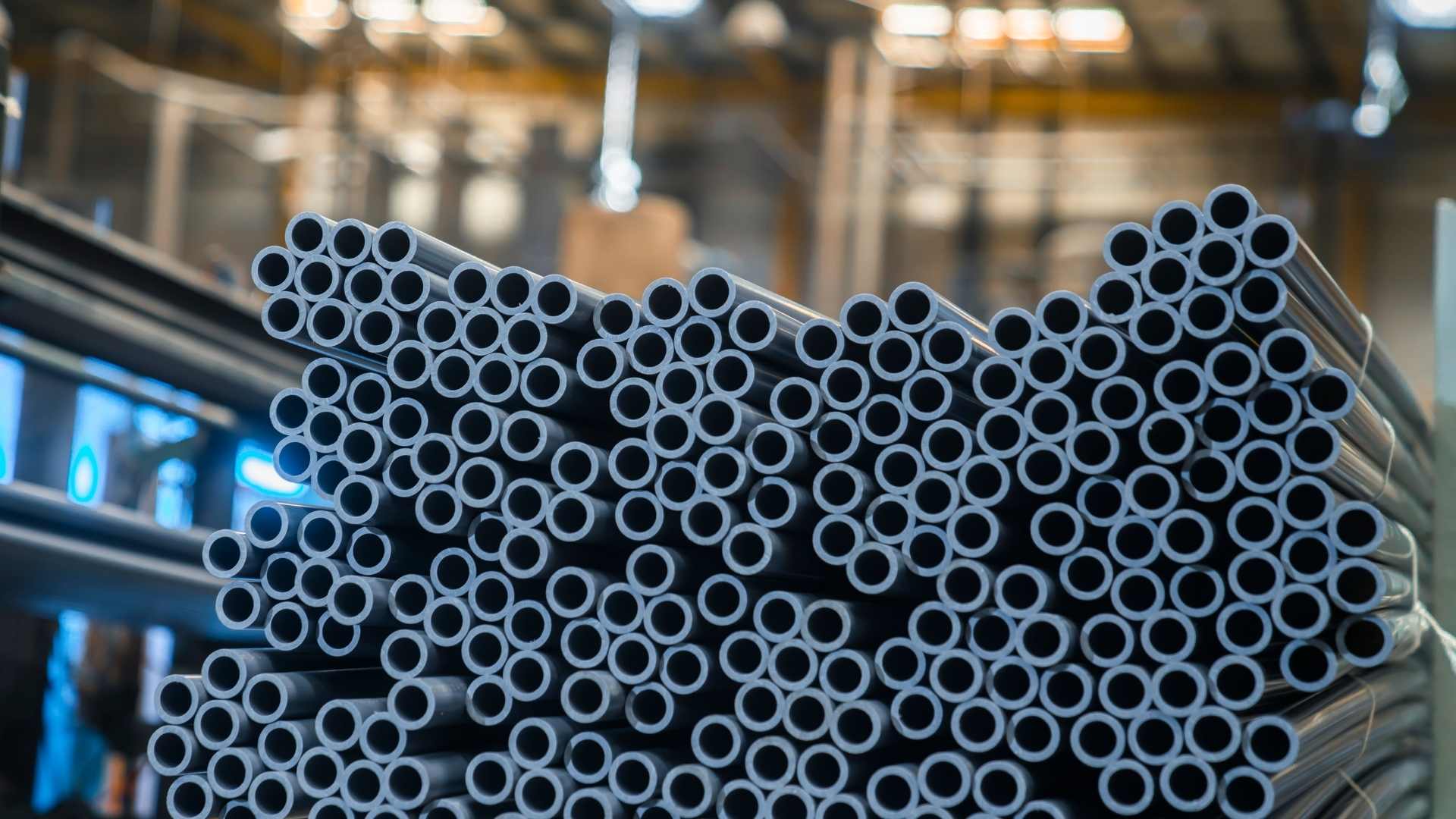Energy Efficient Window Replacement
Gone are the days when the interest of a homeowner in windows was restricted to whether they were able to find trendy window treatments. Today, homeowners who are energy-conscious want to reduce the cost of heating and cooling their homes, and choosing the right windows is a critical step. So how far do you go when choosing windows that are energy-efficient? The trick is to know what window improvements without delivering a blow to your bottom line would give you the best bang for your buck.
When selecting energy efficient windows, there are four things to consider: frame, glass, design and installation.
TAKING THE RIGHT FRAME
Most people know that a wood frame is less resistant to heat and cold transfer than an aluminum frame, because the temperature of metals is much easier to perform than wood. But that doesn't mean wood for a utility-bill-friendly window is always the best option. For window frames, there are a variety of materials available, and each has positive and negative aspects. It's up to you to determine your style and your budget for what's best.
Vinyl: It doesn't mean that it has to be "cheap" only because vinyl is a less costly material. A well-constructed, properly designed vinyl window can be a realistic choice: budget-wise, while also providing excellent energy conservation measures by insulated glass and tight construction that prevents air leakage. However, vinyl windows can be limited in color options, and the truth remains that some people just don't like the look of vinyl at home.
Wood: Wood windows provide the highest insulating value, but they often need more maintenance than frames made of vinyl, wood or aluminum. They may not be the best option for highly humid or rainy climates because of the potential for rot. However, a well-built wood window will stand the test of time: many original wood windows are still in good condition in older homes.
Aluminum: While aluminum windows are not the top-performing material in terms of heat transfer and loss, they are practical in wet , humid climates and comply with strict coastal construction codes in hurricane-prone areas.
Wood-Clad: Wood-clad windows appear to deliver the best of all worlds: a low-maintenance exterior that encases a temperature-transfer-resistant wood interior (usually vinyl or aluminum). The usage of waterproof rubber membranes around the cladding and a stand-alone flashing assembly is called a sill pan. It should be used in the effective installation of wood-clad windows. Any water that gets around the window sills and jambs is drained by the sill pan, reducing moisture penetration (and potential degradation of wood).
WHAT’S INSIDE THE GLASS
Although the material from which each window is made is important, the reality is that the current window-related buzzwords are all about what's inside the frame. But for homeowners, what do all these updates mean?
Most people who are eco-conscious tend to use windows with the same basic energy-efficiency features in their houses. They are looking for a Low-E glass double-paned window with a vacuum-sealed argon filling. They said that it makes a difference to the utility bills of a household. The use of triple-paned glass or denser gases with insulating properties will increase costs and reduce performance returns.
Low-E, double paned, argon-filled windows have far more insulation than a single-pane window. In the summer, these windows shield the interior of the house from the heat of the sun and UV rays, and prevent hearing from escaping in the winter. These types of windows make a lot of sense from the perspective of energy efficiency and value. In particularly harsh winter climates, triple-paned windows can be significantly more effective, and they may also reduce the visibility and light transmission of the window.
EFFICIENT DESIGN
Double-hung windows: In many homes throughout the country, these are standard units, and they are particularly popular in pre-war houses. The bottom slides up with double-hung windows to open the device. They can be effective options, but because of the potential for air penetration between the sliders, they might not be the best option in very severe climates.
Casement windows: These units, which have a crank that swings the window outward to open, are common in climates where wind is a problem, and actually seal themselves off tighter when wind blows in towards the building. However, to ensure their continued stability and performance, they do require maintenance on hinges and seals.
Image windows: These typically do not open and come in several different shapes and sizes, but that does not mean that they may not be effective. In these larger units, glass selection and gas-filled interiors are particularly important.
ELEMENTS ARE PERFECTLY SEALED
Finally, don't neglect the value of proper installation. If it's not mounted properly, even the most expensive window unit won't work effectively.
Be cautious of any contractor that relies too heavily on expanding foams or sealants to make a window fit well. These products are not waterproof and can lead to road problems. The best alternative is pre-installation waterproofing, frequently done long before windows are installed.
The cheapest sections of window construction might be blinking and proper caulking, but if they are not performed with an eye to detail, the resulting water leaks can cause a multitude of problems that could have been easily avoided.
Customizing your space has never been this easy. Check our pool of professionals and get the right building partner for you.
And you may watch our Prostalk - A-Tiam Glass and Aluminum Products and Services
- #Window Replacement
- #Energy Efficient Window
- #Efficient Window
- #Double-hung windows
- #Casement windows
- #Image windows
- #Viny window
- #Wood window
- #Aluminum window
- #Wood-Clad window





